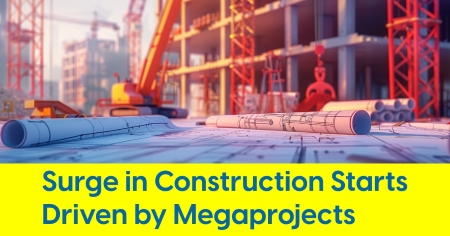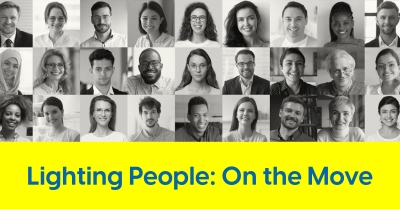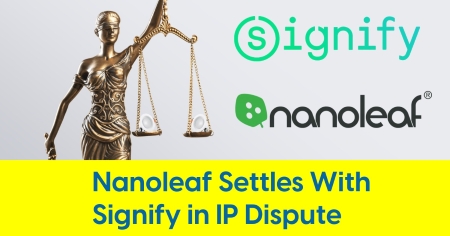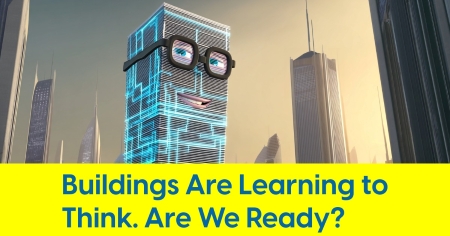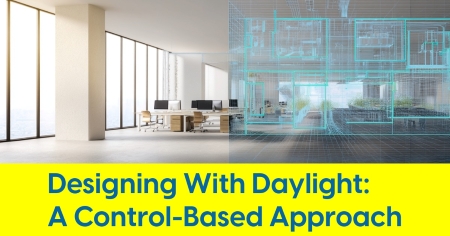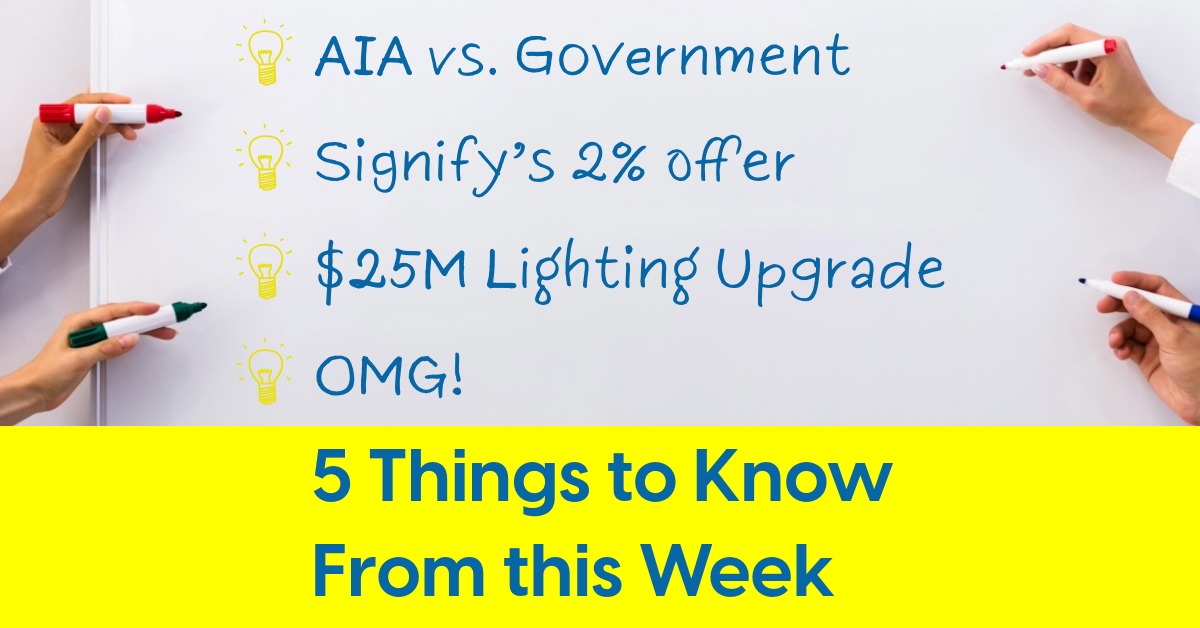May 9, 2025
The Definitive LightFair 2025 Recap and Review
Above: Final report from the show floor — Day 3, 11:05 a.m. PDT
With the show under a microscope, exhibitors face tough questions about return value
As LightFair 2025 came to a close inside the Las Vegas Convention Center, the final hours played out with a fitting sense of quiet. The show floor — trimmed down, walkable and unmistakably under-attended — reflected a lighting industry event in the midst of recalibration. While attendance fell short of expectations and booth numbers dipped to the lowest count since the 1990s, what did emerge in those three days was a new kind of conversation: slower, deeper and possibly more consequential.
There was no way to ignore the numbers. Foot traffic was light from the outset, with approximately 250 booths and a condensed floor plan that could be covered in a half day. This wasn’t the LightFair of the 2010s — or back in the fluorescent and HID days, when magnetic ballasts buzzed overhead while the aisles buzzed with lighting people. This year, a noticeable share of booths belonged to overseas manufacturers, particularly from Asia, reflecting the continued globalization of lighting components and supply chains.
Yet within this year’s quieter aisles, there was a kind of engagement that rarely finds space in larger spectacles.
When There’s No Line at the Booth
For the professionals who showed up — designers, manufacturers, educators and other lighting people — the conversations were focused and, often, unhurried. Exhibitors targeting OEMs or other manufacturers frequently reported more positive feedback than others, noting that with fewer crowds came more bandwidth for meaningful interaction.
The smaller scale allowed for something the industry often lacks: time. Time to explore technical details without interruption. Time to have full conversations rather than elevator pitches. Several attendees described the experience as valuable and intimate — words not usually associated with cavernous trade show halls.
L.A.-based designer Chip Israel, CEO of Lighting Design Alliance, was on the floor Wednesday and discovered new capabilities from an Asian glass vendor that he’s now considering for a custom fixture application on a casino project. It was the kind of discovery that might have been missed in a more chaotic setting. He also sent a number of staffers from his Southern California office, despite having recently participated in the L.A. IES product showcase just weeks earlier — a sign that, for some, LightFair still holds weight.
Education, Recognition and Recalibration
Educational sessions earned particularly high praise. With fewer distractions, attendees could dive deep into the content, and instructors found themselves engaging with thoughtful, motivated audiences. The people who made the trip to Las Vegas did so with purpose — whether to teach, to learn, or to exhibit.

Above (L to R): Andrea Wilkerson (PNNL), Carla Bukalski (RBLD Studio), Anne Kustner Haser (AKLD Lighting Design) and Rachel Fitzgerald (Stantec) during their session, "Maintaining Lighting Designs Beyond the Punch List."
IALD’s Awards event on Wednesday night was a highlight, drawing a standing-room-only crowd of more than 180 people. It was a moment of full engagement, celebrating standout lighting projects from around the world, including six from the United States and six from China. Despite the smaller overall turnout, the community showed up in force to honor excellence — and to reaffirm the value of recognition in a year when many things felt scaled back.
And while the buzz on the floor included candid conversations about LightFair’s current struggles, the dominant theme was the show itself — its attendance, its evolving format, and how future editions could better serve the industry. Over the course of six days, discussions repeatedly circled back to one question: what should LightFair become next? It wasn’t gossip or headlines driving the narrative—it was real-time reflection, shared openly between exhibitors, designers, and educators.

Above: A live band entertains attendees during the opening reception at Brooklyn Bowl, 7:30 p.m. Tuesday.
The Messe Frankfurt Effect and the Road Ahead
This was the first LightFair since Messe Frankfurt North America finalized its one-third ownership in February 2024. At the Brooklyn Bowl opening reception, Messe Frankfurt CEO Constantine von Vieregge spoke at length with Inside Lighting’s Al Uszynski, discussing his team’s design and strategy contributions — and, more importantly, his long-range vision for the show.
While his view of the current event was realistic, von Vieregge emphasized the importance of building a large platform for the lighting industry — a central gathering place where the community can meet, convene, showcase, network and learn. It was inspiring and clear that he’s focused on the long game, aiming to grow LightFair into a unifying space for an industry that often operates in silos.
His tone wasn’t marketing gloss. It was a commitment to rebuilding something bigger and more connected.
Dissent, Doubt, and the Question of Continuity
Of course, not all voices about the future of LightFair were as optimistic. Ted Konnerth, CEO of Egret Advisors and a LightFair veteran for decades, didn’t mince words: “Personally, I think I’ve witnessed the last LightFair. This was the worst, in my opinion.” He lamented the low turnout and questioned the financial burden placed on exhibitors, many of whom spent heavily to attend only to face long stretches of silence in their booths.
It’s a fair concern. Trade shows are expensive endeavors. Booth build-outs, travel, logistics — and all of it gambled on foot traffic and follow-up ROI. In Las Vegas, the metaphor writes itself.
Quiet Lessons from a Transitional Year
What this year’s show lacked in spectacle, it made up for in clarity. The lighting people who attended were those who made a deliberate decision to be there. They found value in one-on-one time, in booths that didn’t require elbowing through a crowd and in education sessions that delivered excellent content by all accounts.
There is room — clearly — for growth and reinvention. But LightFair 2025 was not empty. It was not a failure. It was something else: a stripped-down version of itself, where its most committed participants showed up, leaned in, and started asking what the show should become next.



